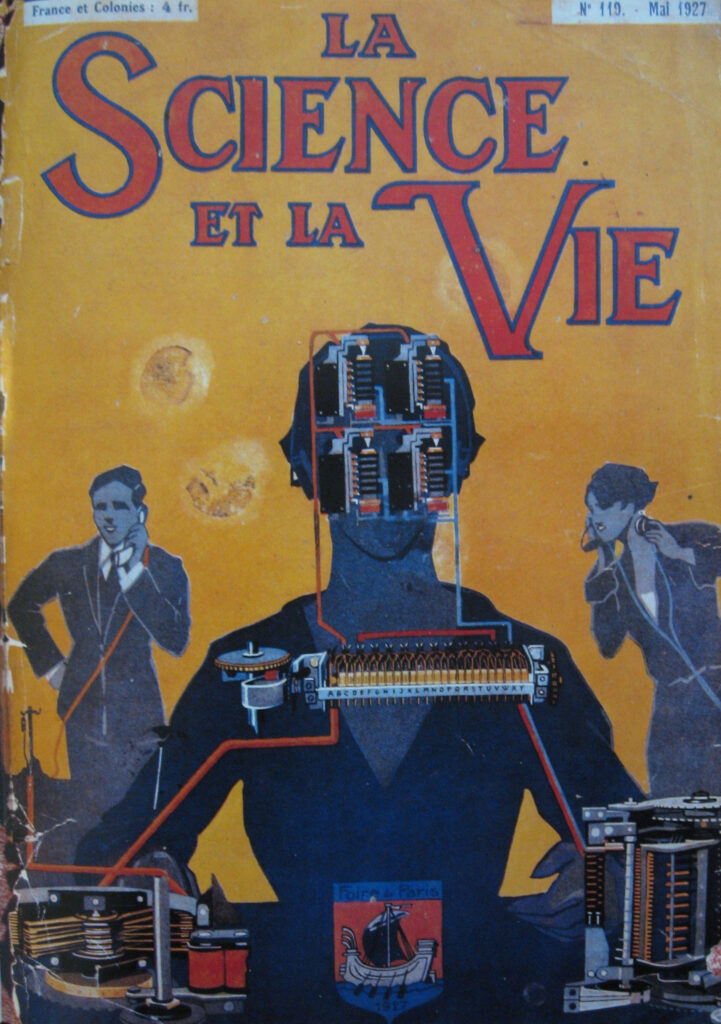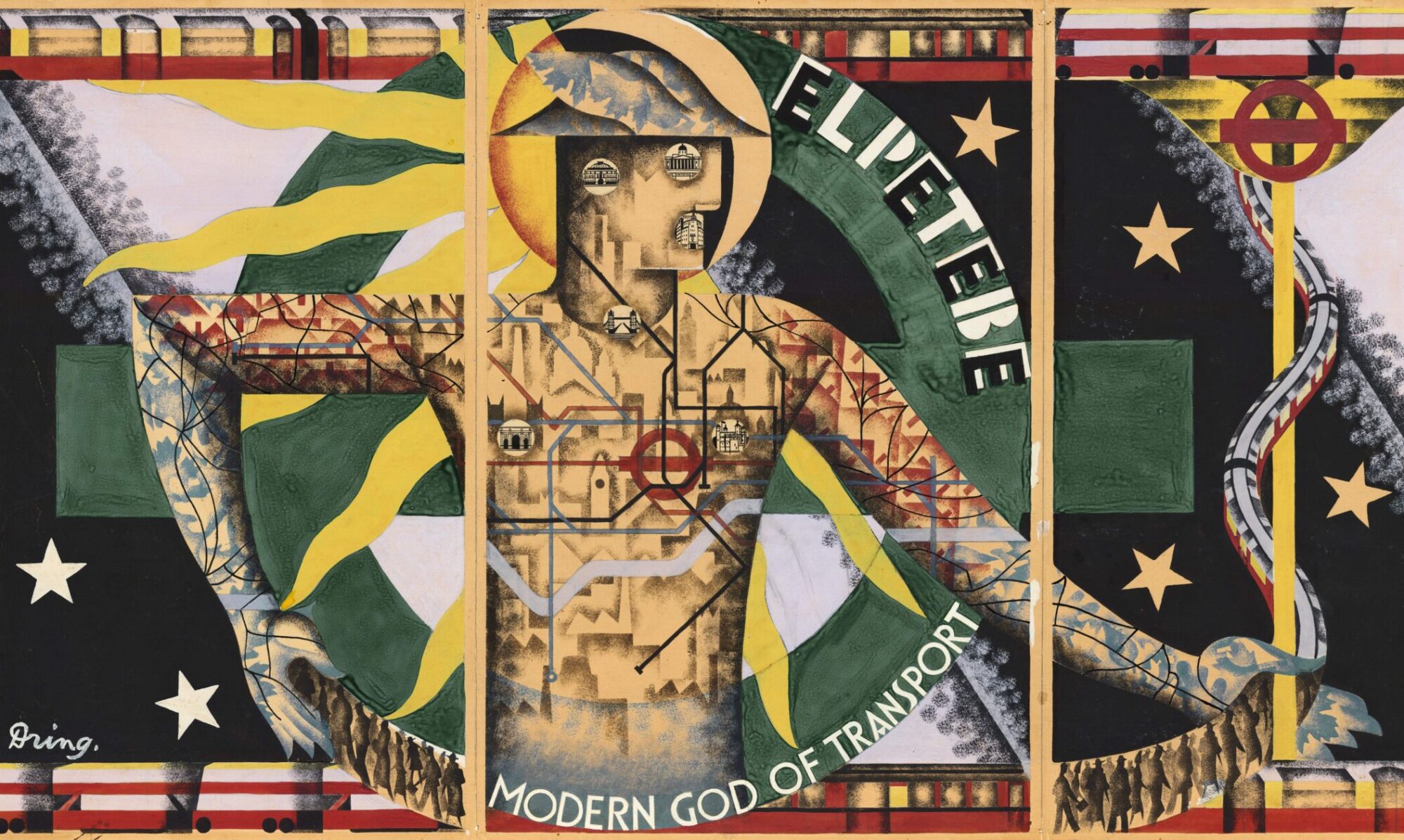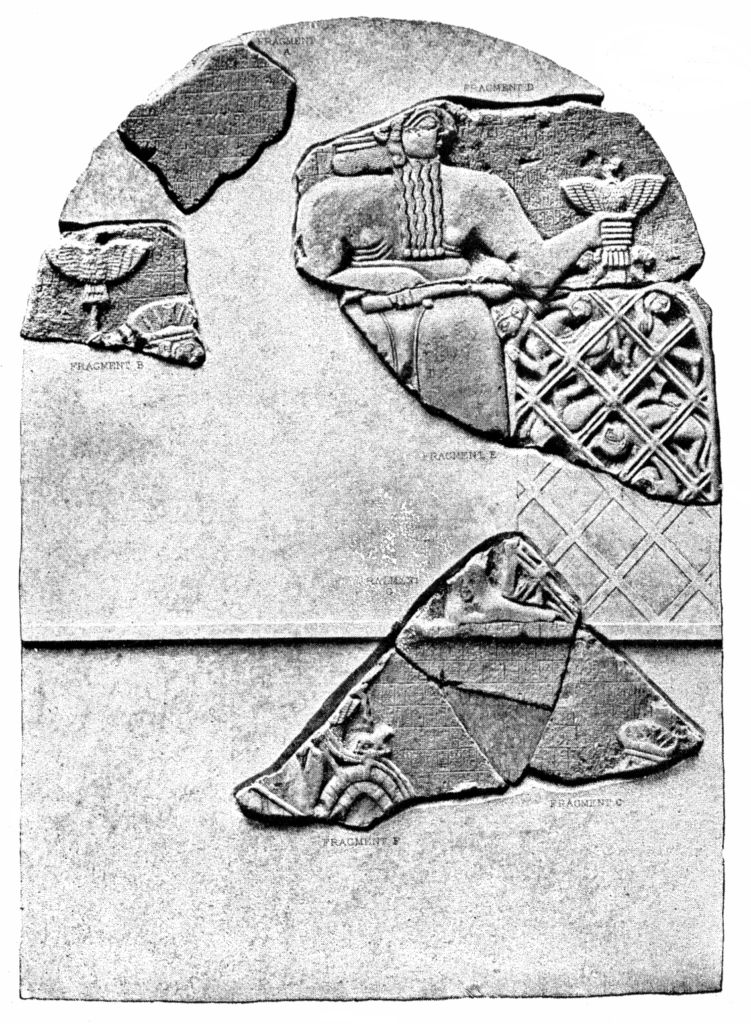There’s much to be said about this title page of the French journal La science et la vie. It comes with all the ambivalent connotations of gender, telephony, labor and automation history. We can still see a shadow of „la demoiselle du téléphone“ in the center of the image. Yet, the telephone girl or „Fräulein vom Amt“ has become a non-human switching machine in 1927. Experts of telephone infrastructure are going to notice the rotary selector and a stepping switch at the bottom of the image. Plus, the switching network in the center shows a line of alphabetic letters.
This circuit with letters points to an unusual feature of Paris telephone switchboards of the time. The first three letters of a telephone code indicated the telephone exchange. They were followed by four digits representing the person being called, which correspond here to the four dials of the “brain.” The seven-digit number could be entered using dials on which the twenty-five letters were printed.
Besides this technical dimension of social addressing, this title page also invokes older, reticular representations of networks. Blue and red lines remind us of the color conventions in anatomy and blood circulation, and thus provide a rather corporeal link for the telephone call of a man and a woman. More on telephone networking can be found in chapter 5 of „The Connectivity of Things: Network Cultures since 1832.“



